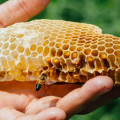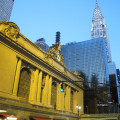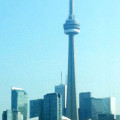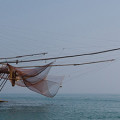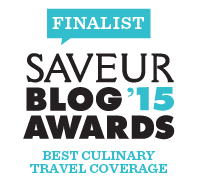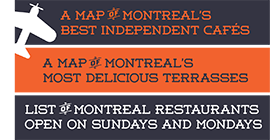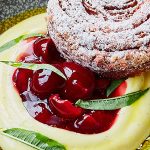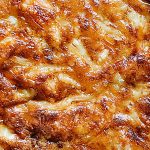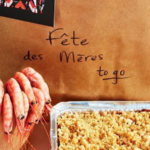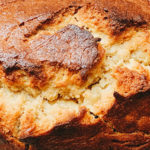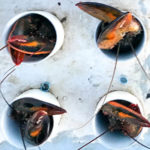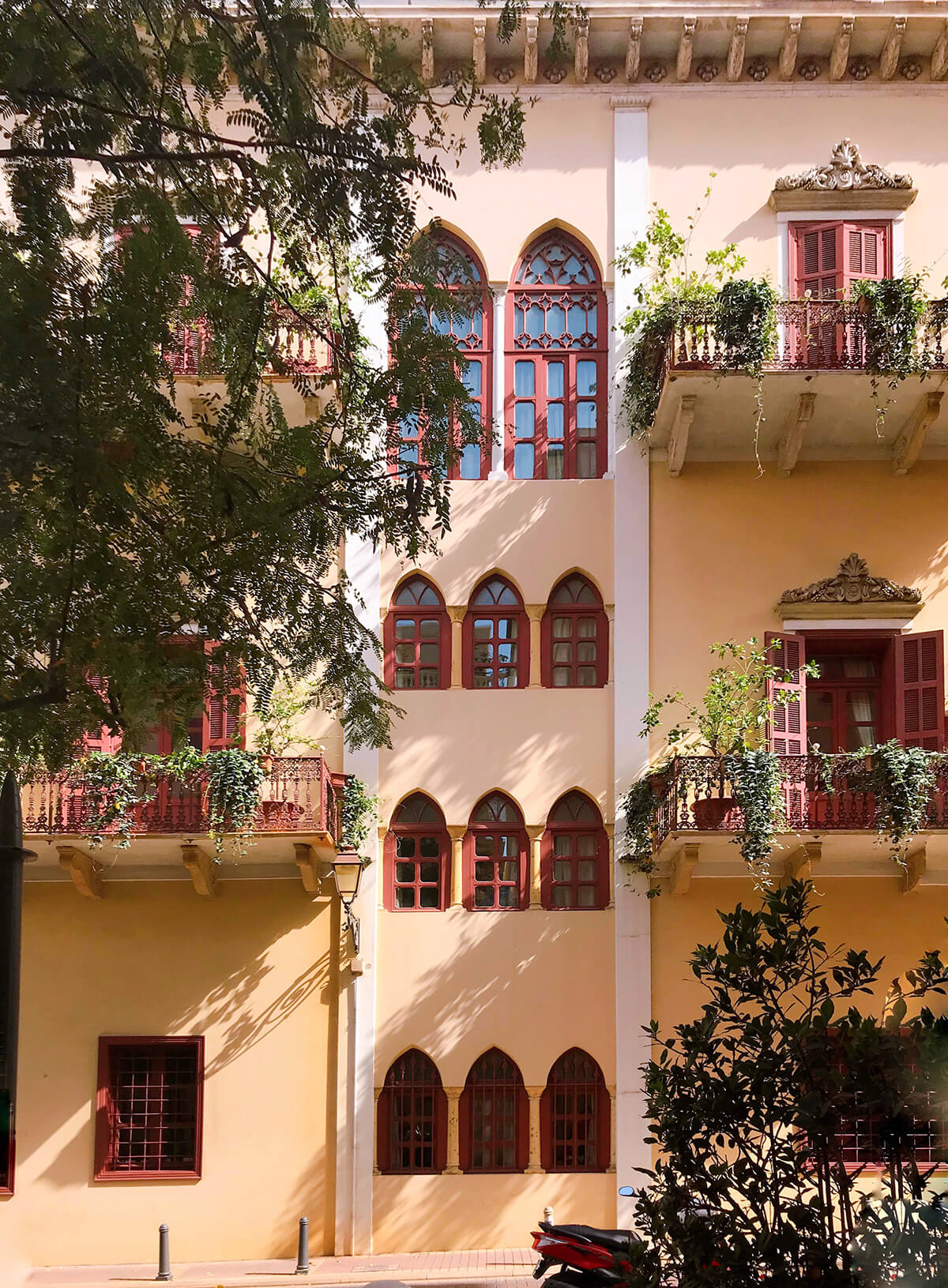
Beirut’s beautiful buildings
Beirut, the city that was once known as the Paris of the Middle East, has risen again as one of the most cosmopolitan cities in the Middle East, if not the world. At a crossroads between East and West and tradition and avant-garde, it’s been on everyone’s list of places to visit for its historical significance as much as for its culture, art scene, fashion, cuisine and exuberant joie de vivre. With its legendary magnetic energy, Beirut has earned a spot on the list of most fashionable tourist destinations.
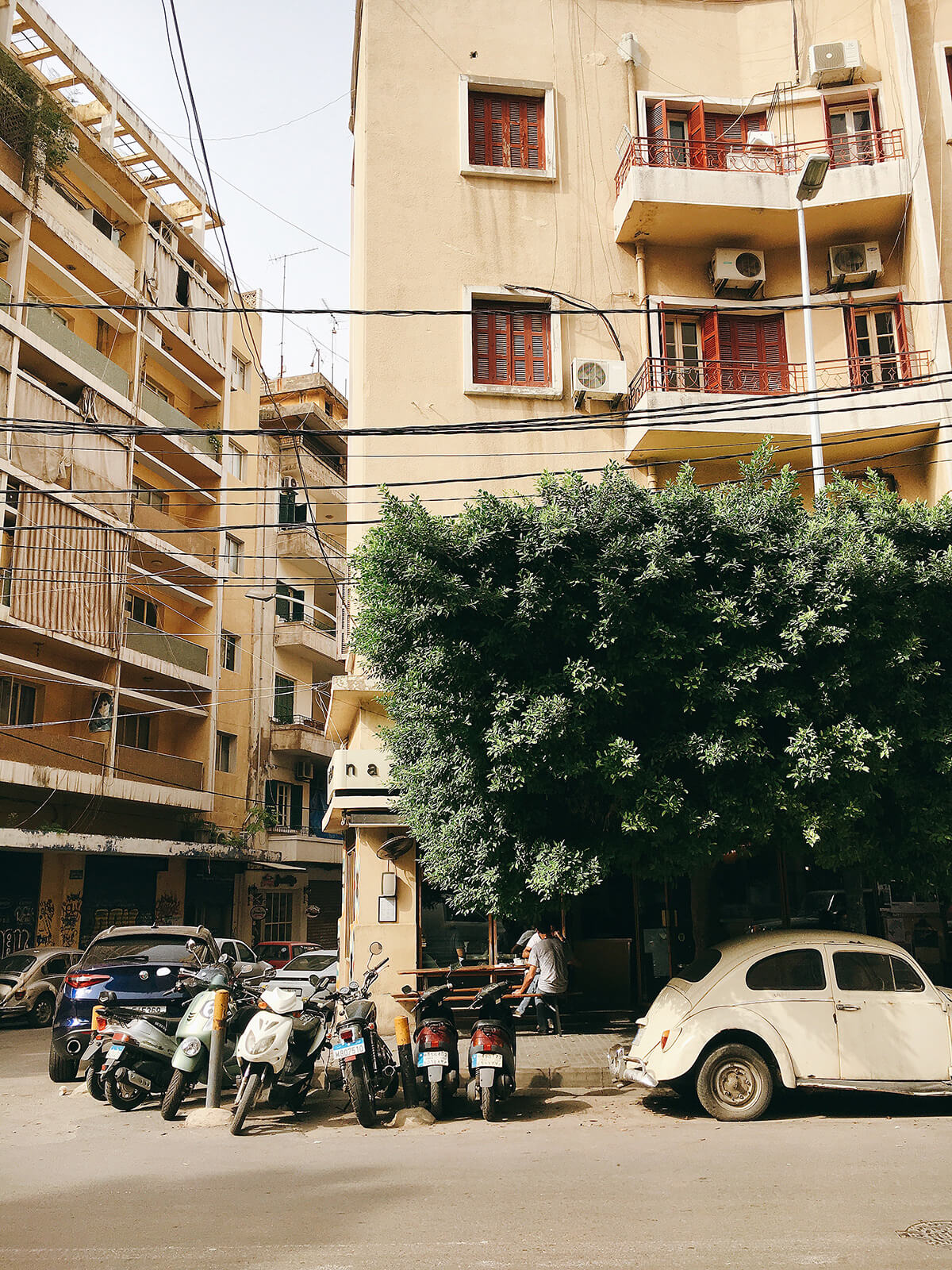
Beautiful Beirut architecture
I have a love/hate relationship with Beirut (and the entirety of Lebanon). It is infuriatingly chaotic and loud but it’s also an indelible part of my DNA and I’m in constant awe of its resilience and unrestrained energy. I feel at home there since my family still lives there but I also feel like a complete stranger and can’t relate to my friends’ realities. I love visiting because I miss the people, the sea and the food but I often also feel homesick for Montreal while I’m there. I guess that such is the fate of all expats.
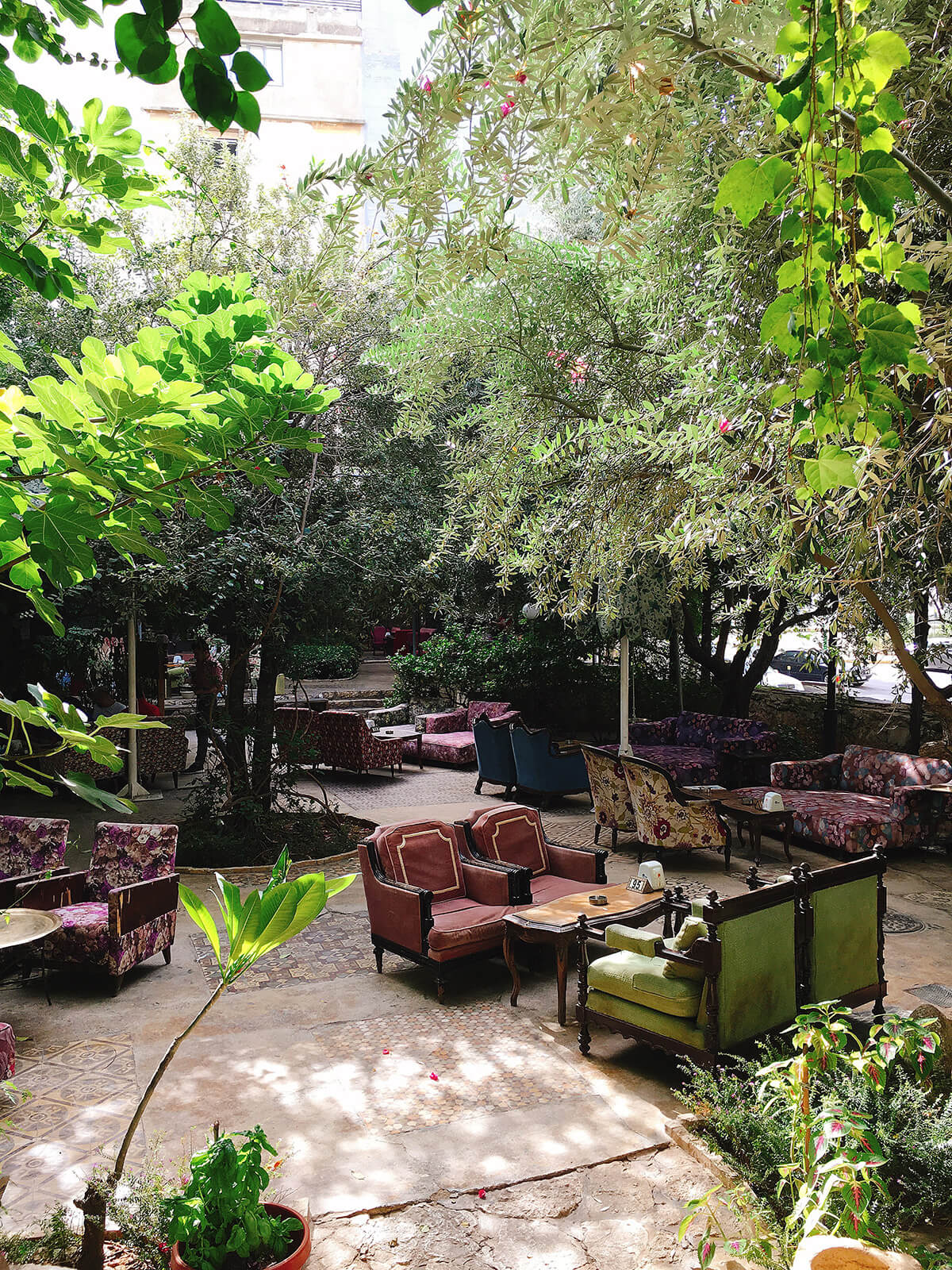
Breakfast in the Al Falamanki gardens in the heart of Beirut
Regardless though, I always make wonderful discoveries while I’m there, whether food, art or nature related . Last time I went, I planned my trip as I normally do any other one instead of just “going back home”. Here’s a short guide to Beirut and what I experienced there on my last visit.

Beirut back alleys
What to see and do
Beirut is best discovered on foot since its core is rather small in size and the traffic jams are legendary. However, it is not a pedestrian-friendly city. Sidewalks are non-existant and when they are built, they’re often taken over by parked cars or various obstacles. The car fumes are intense and so is all the honking. It’s rather chaotic but charming and a great way to discover all those tiny holes-in-the-wall you’d miss if you were driving. It’s also the best way to strike conversations with some of the city’s characters.
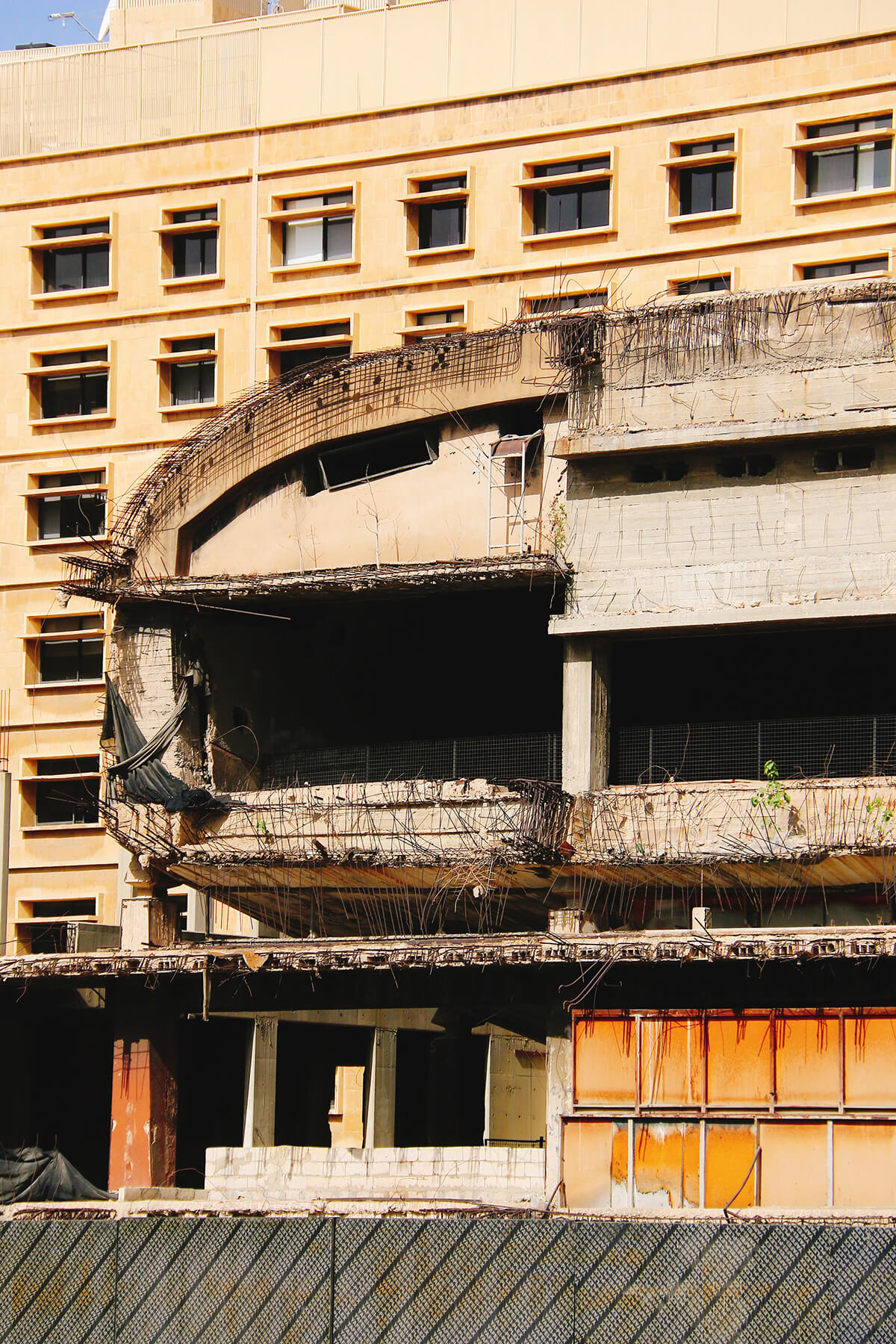
The Egg is a cinema built in downtown Beirut in 1955 and still remains unrenovated
History, culture and art have always played an important role in Lebanon for centuries. After the 20-year civil war and years of renovations, Beirut has resuscitated its world-class museums and monuments. The Musée National de Beyrouth is a must see for its collection of ancient art and objects. Across the street, the recently opened Mim Museum dazzles with its nearly 2000-strong collection of geological gems. I was dubious at first but was quickly seduced by this impressive museum. The Sursock Museum is housed inside a stunning 1912 Ottoman-era villa with Venetian flair and its collection of contemporary art makes for a fascinating visit. Linger and have a coffee in its beautiful courtyard. Dozens of art galleries have set up shop all over Beirut, a few reclaiming warn-torn buildings in order to create beauty from chaos. Such is the case with Beit Beirut, a bullet-riddled shell of a building that is housing exhibits until it’s renovated into a cultural center.
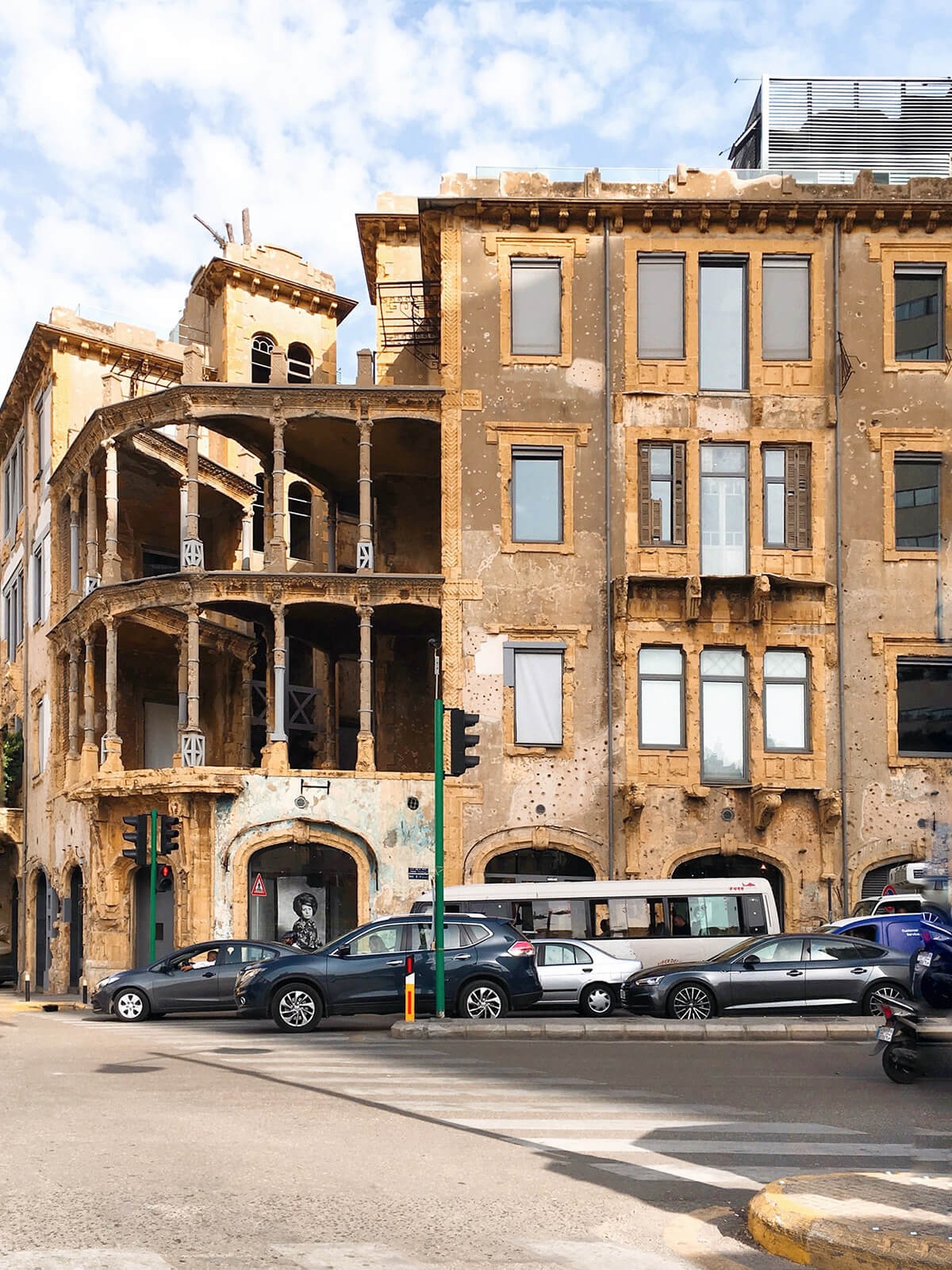
Beit Beirut is an art gallery installed inside a building that was destroyed during the Lebanese civil war
There are many monuments to visit while in Beirut and they include the Grand Sérail, the Beirut Souks, Place de l’étoile, Martyrs’ Square, Mohammed Al Amin Mosque, the Roman Baths and more. No one in Lebanon walks, which accounts for the constant traffic everywhere, but I am advising you to do it anyhow. Take a walk from the shell-riddled Holiday Inn building all the way to Raouché along the Corniche, the old lighthouse and a slight detour through the American University of Beirut campus until you reach the famous Pigeon Rocks. A walk through Gemmayzé, Mar Mikhael, Sodeco and Achrafieh is also a great way to admire some traditional and modern architecture and enjoy lovely cafés and restaurants.
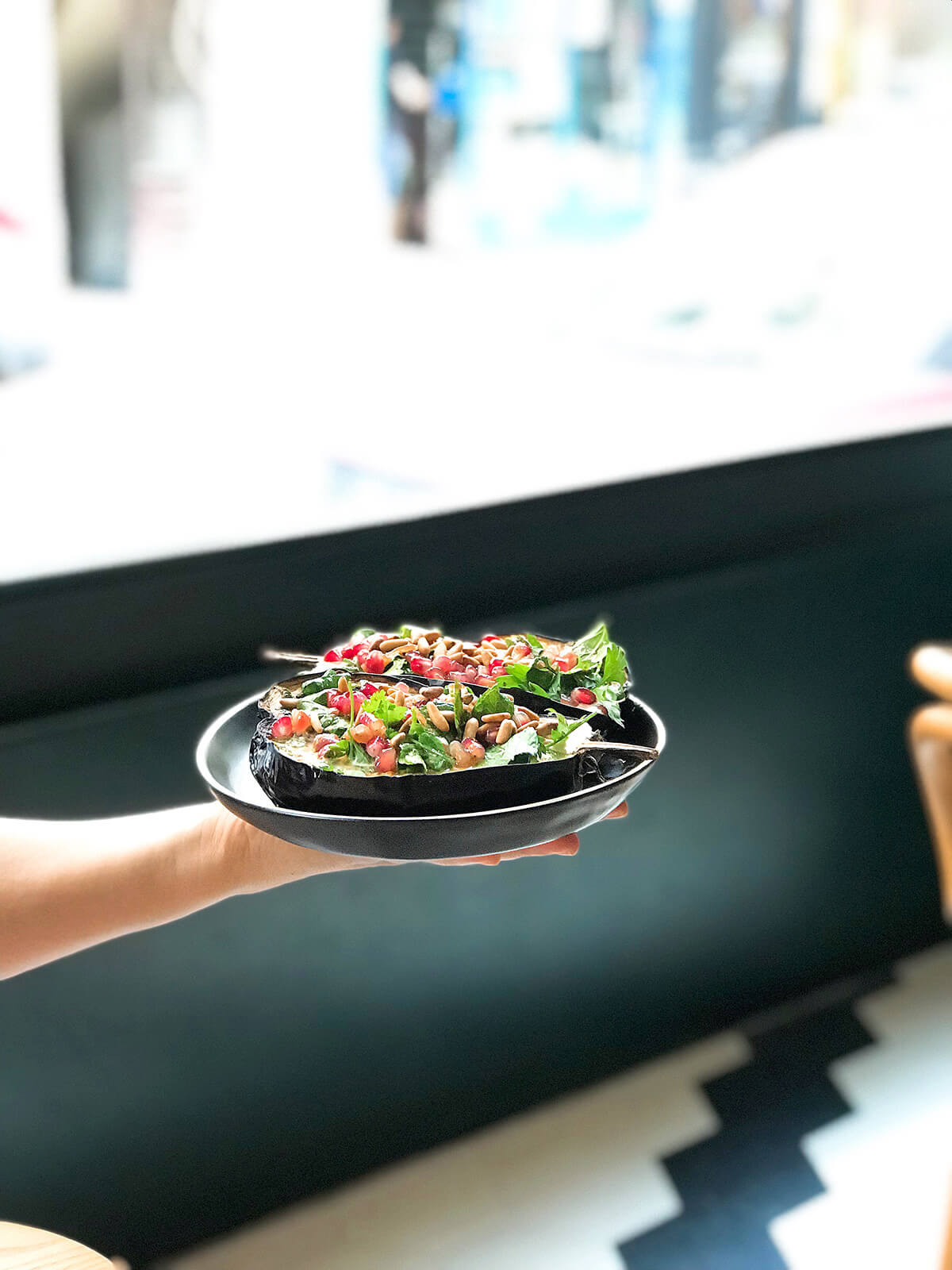
Lunch at Baron in Beirut
Where to eat
If one had to choose a single activity the Lebanese do best, it would be eating. Beirut’s gastronomy is diverse and spans from the best falafael at Sahyoun to the most exquisite Lebanese fine dining at Em Sherif. Founded 9 years ago, Tawlet is the natural extension of Souk el Tayeb, a farmers market created by Kamal Mouzawak right after the war to encourage local producers. A must when in Beirut, Tawlet invites regional homecooks to concoct their specialties using local ingredients. It’s always on my list of stops when I’m visiting. Founder Kamal Mouzawak has done a stellar job in highlighting Lebanon’s food artisans and in placing the country back on the list of food destinations. Liza Beirut specializes in a more modern take on Lebanese cuisine without losing touch with traditional flavours. Located in a magnificent 19th-century palace in the heart of Achrafieh, it’s certainly one of the most beautiful restaurants in the city. Al Falamanki’s two fun-filled locations are the perfect spots to enjoy a game of backgammon or a shisha with your manouche and eggplant fatteh. Their Monot location’s tree-filled courtyard is a delicious oasis of tranquility in the midst of downtown Beirut’s car horn-filled chaos. The Armenian community has had an influencial presence in Lebanon for a century and Mayrig is a testament to this delicate cuisine in an elegant setting. Local fish, meats and vegetables are featured at Baron, a buzz-filled restaurant with fun, small plates to share that combine local ingredients with European flare and an extensive wine list.
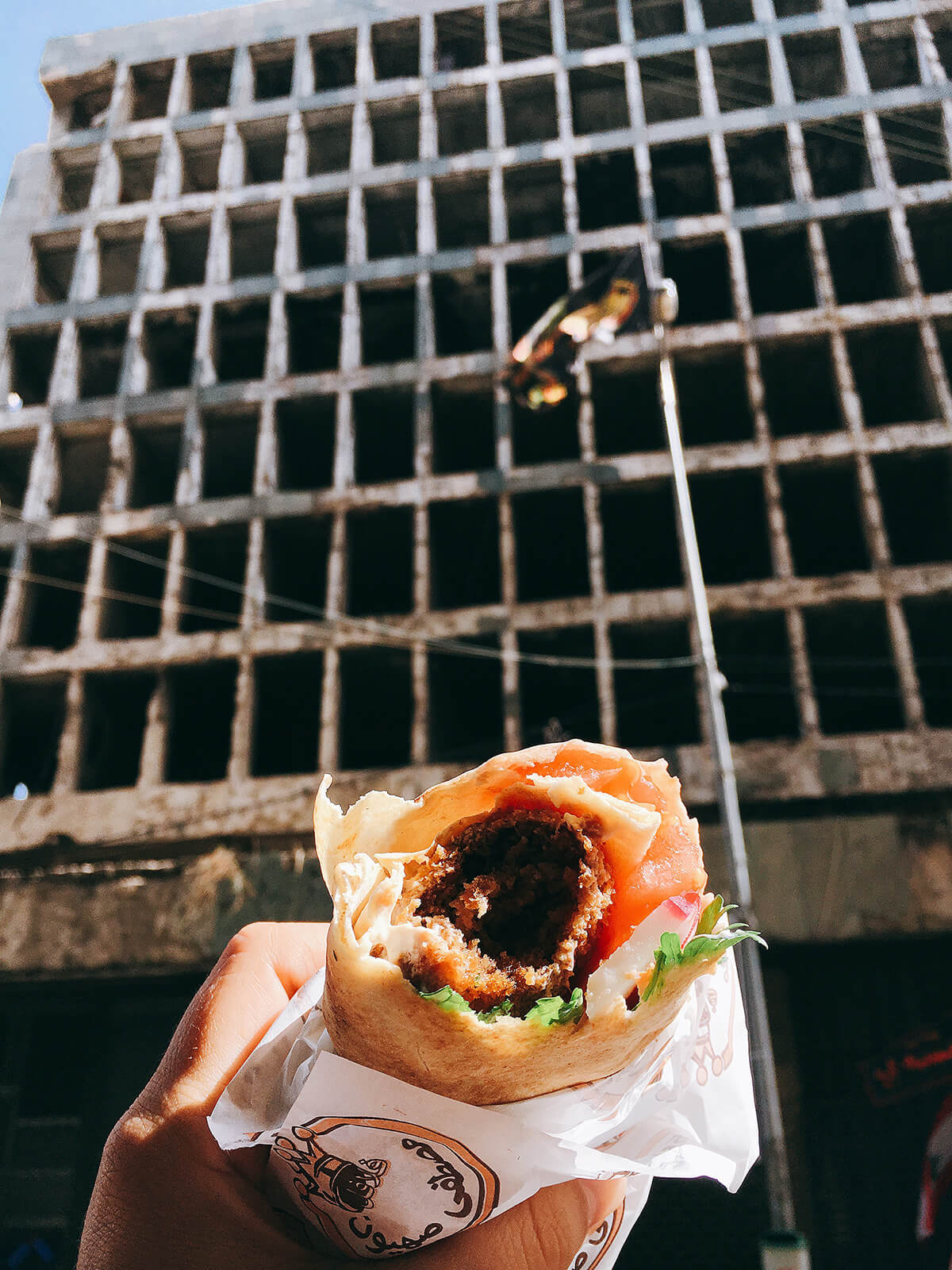
Falafel sandwich from Sahyoun with vestiges from the war in the background
For the better pat of the last century, café culture has been a driving force behind many mouvements in Beirut, from intellectual to political to cultural. Today, there are a few remaining traditional cafés in the city and a whole new generation of baristas trying to bring back that culture while also placing more care in the entire process of coffee making, from roasting to the finished cup. I stopped by Kalei Coffee while I was visiting and ordered an Arabic coffee. Kale is a roaster as well as a very lively spot located in a refurbished house with a lovely garden. Lebanese people are the Middle East’s heaviest coffee drinkers. Everything happens over a cup of thick, steaming Arabic coffee. At Kalei, the roasting process ensures that the beans used for the Arabic coffee are not burnt, as they are traditionally. Kalei is also home to The Carton Shop, a diminutive shop that sells The Carton, a magazine specializing in food, culture and the Middle East.
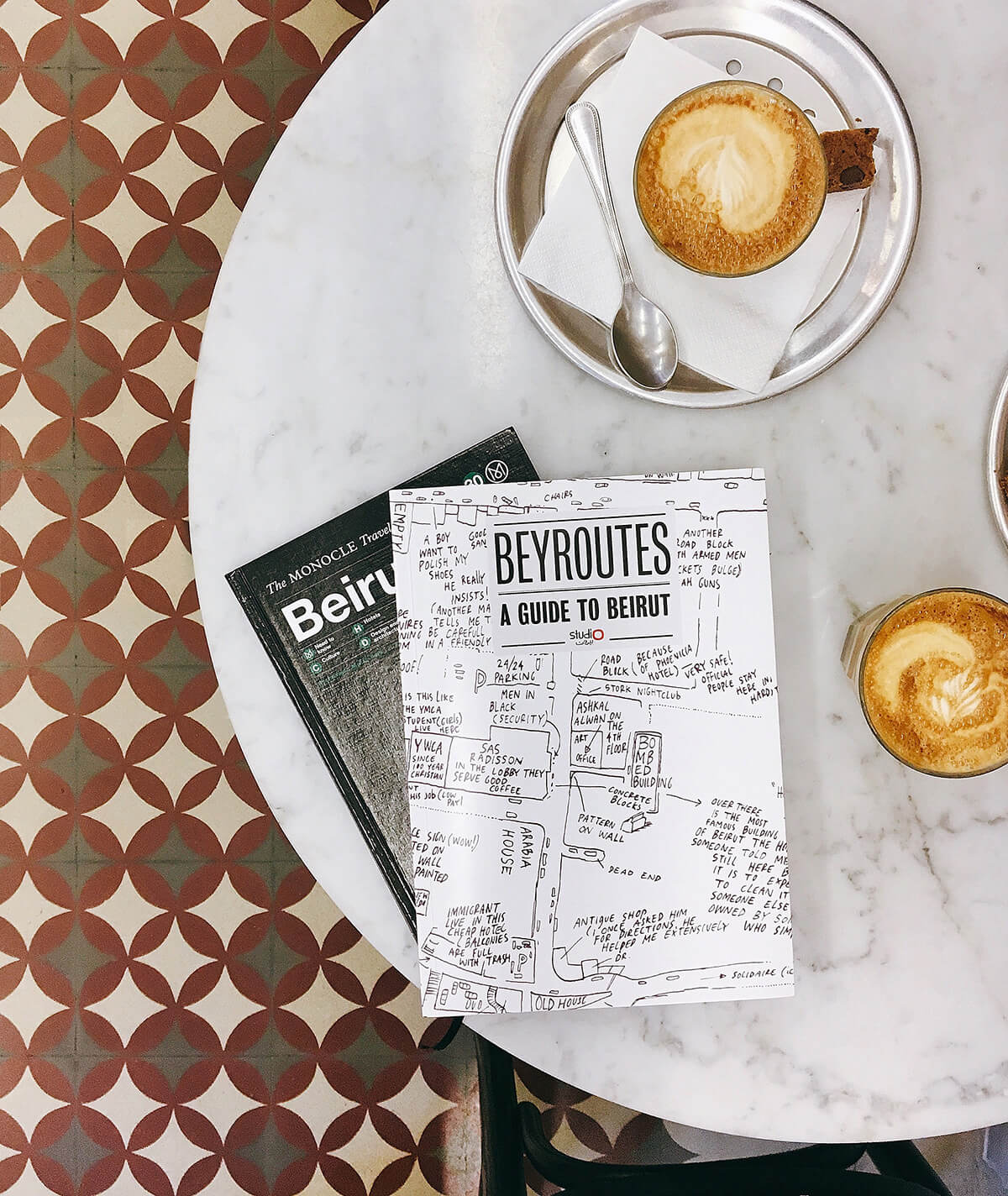
Coffee and books at Beirut’s Papercup
Where to shop
Beirut is a shopping mecca with luxury brands building flagship stores in the restored downtown Souks and mega malls rising all around town. However, the best souvenirs are purchased from artisanal boutiques and specialty stores. For books and magazines specializing in architecture and art, head to Papercup, a wonderful bookstore that also doubles as a coffee shop. Peruse hundreds of specialty volumes and flip through independent magazines and Beirut guides while sipping a cortado. Artisans du Liban et d’Orient is where you’ll find traditional designs with a contemporary twist and great gifts to bring home. Zawal in Mar Mikhael holds a collection of locally made items, from Lebanese coffee cups (that make great espresso cups) made from recycled glass to artisanal jams and designer sheets. While you’re there, pop into Plan Bey next door and browse their collection of prints and books for sale designed by the two young owners.
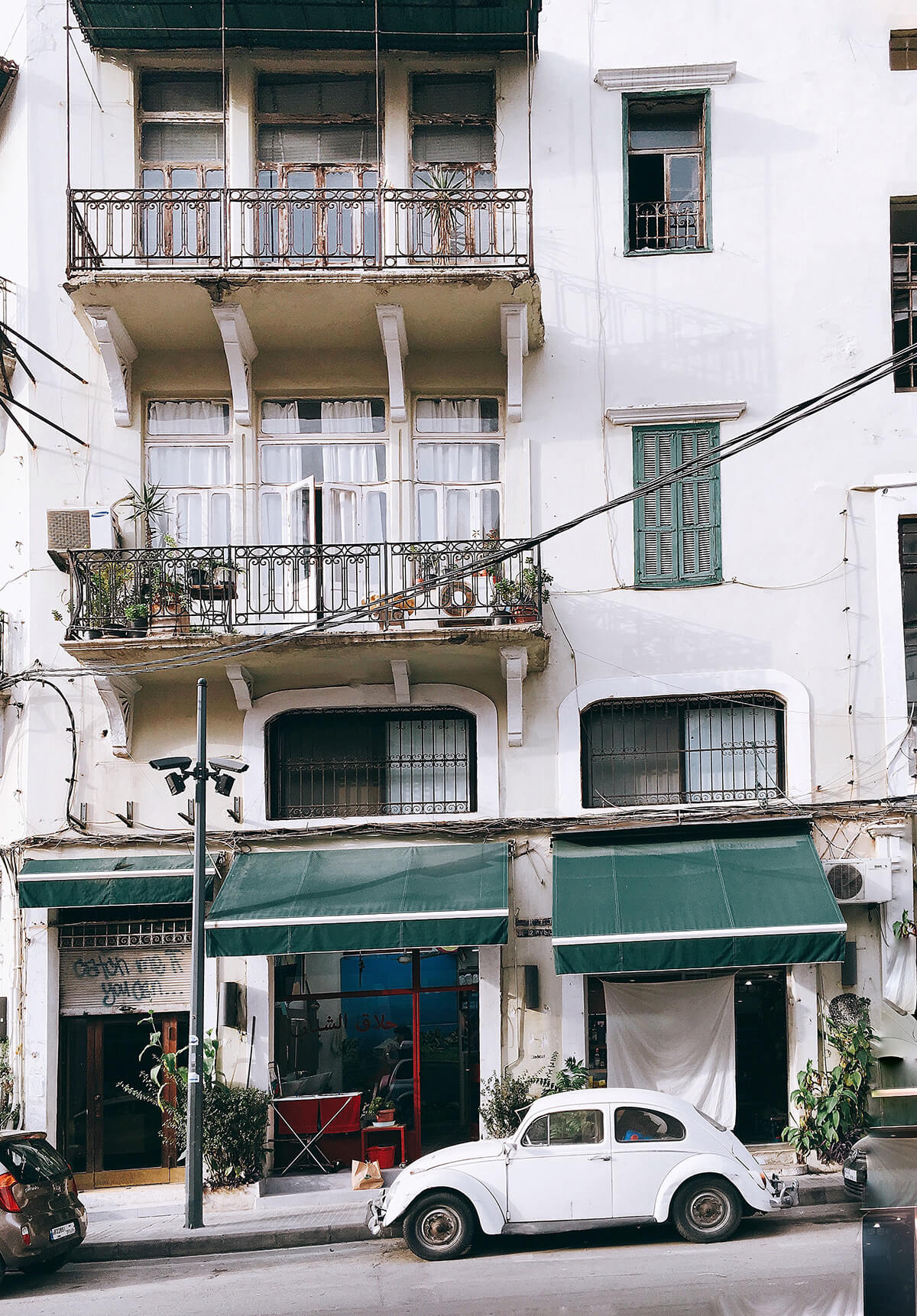
Beautiful Beirut architecture
Where to stay
If you are one for nostalgia and would like to experience some of Beirut’s pre-war glam, stay at the Phoenicia Hotel, a landmark building inaugurated in 1961 that has hosted world leaders and celebrities. It was renovated and reopened in 2000 and is the epitome of Beiruti luxury. L’Hôte Libanais offers a more authentic and sustainable approach with their collection of guesthouses housed in heritage residences. The stays include a traditional Lebanese breakfast and allow for meaningful interactions with the hosts for that personal touch. And I am honestly in love with every singleton of their properties! Villa Clara is a charming boutique hotel with a handful of bedrooms located in a renovated 1920 house in Achrafieh. Owned and operated by a husband and wife team, the hotel is named after their daughter and tastefully decorated with colorful fabrics and gorgeous works of art. The French restaurant Clara is highly recommended as well and helmed by the chef owner.
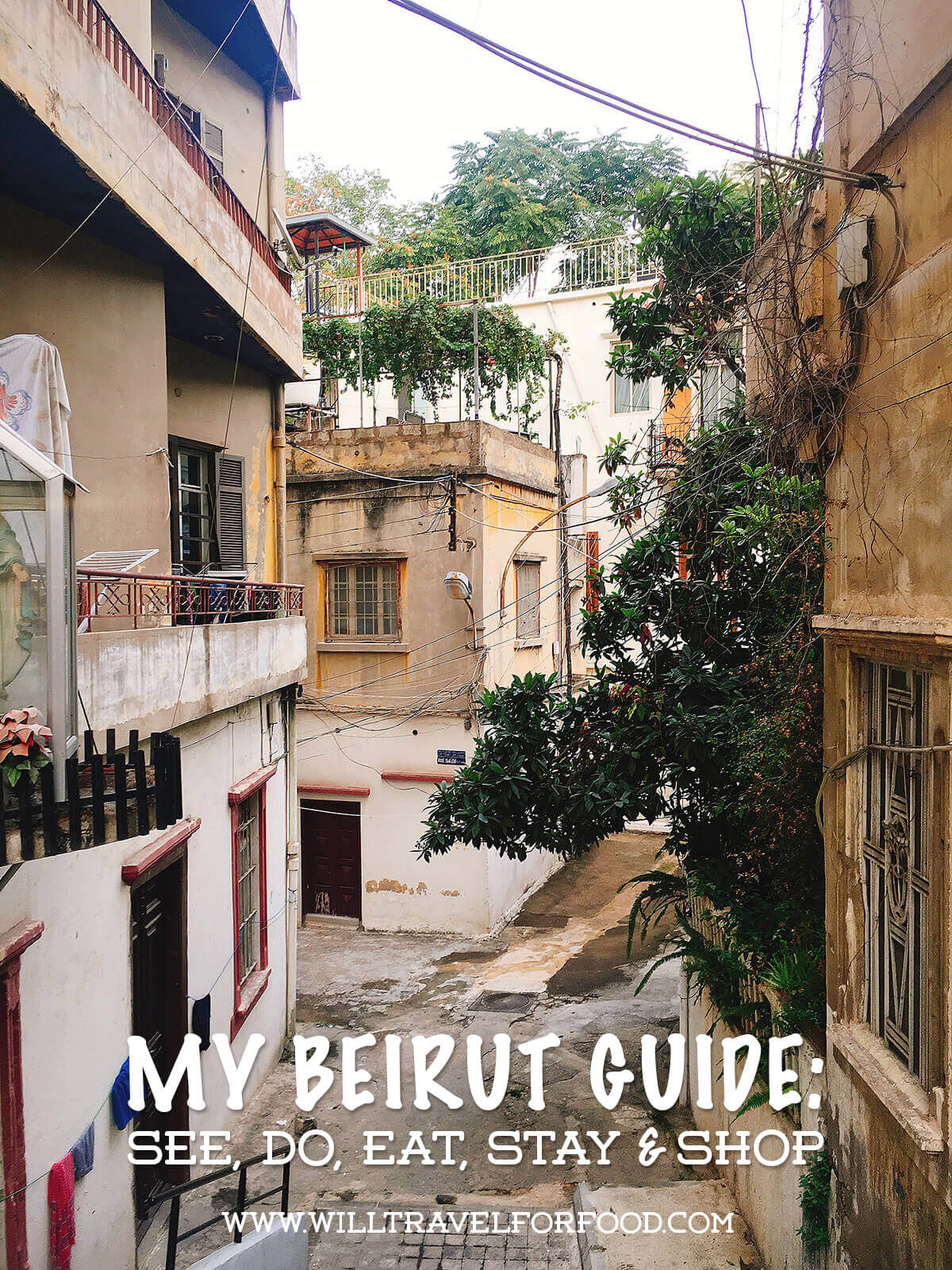
{{ PIN IT! }} My Beirut guide: see, do, eat, stay and shop
Click here to read all about my wonderful weekend in Lebanon’s Chouf area.



